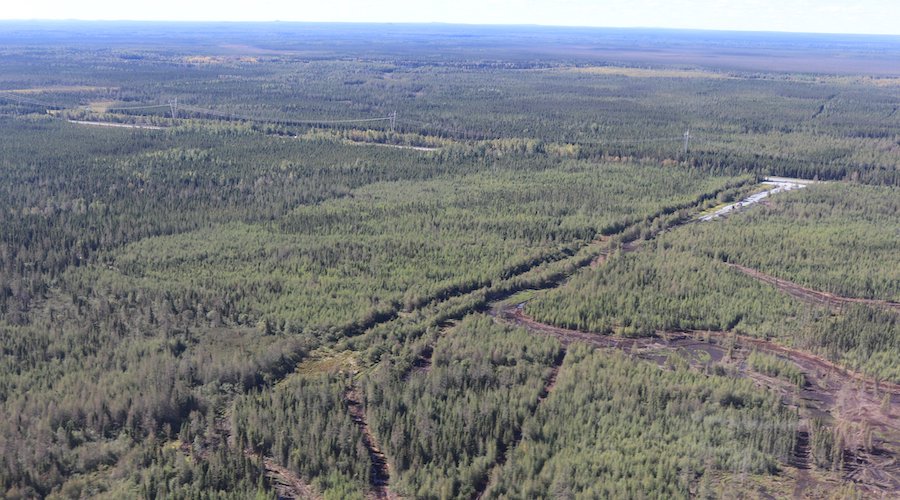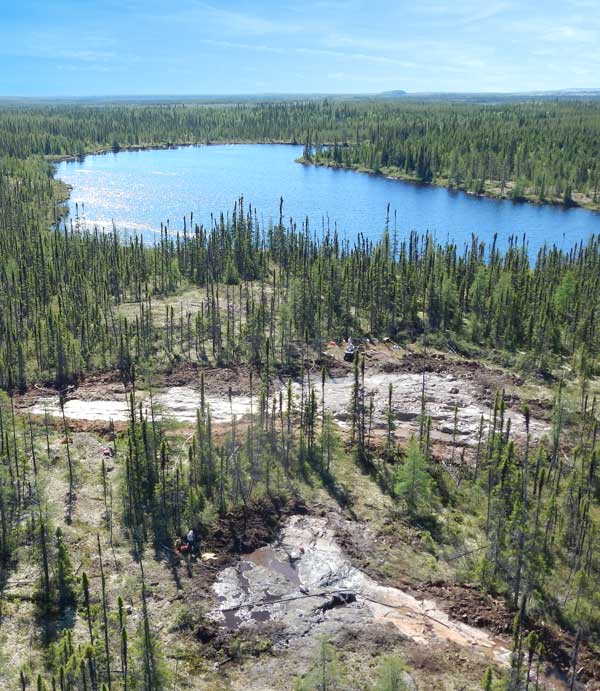Canada Nickel develops new method for accelerated carbon capture

Canada Nickel Company (TSXV: CNC) has received results of a laboratory test program for a new method of accelerated carbon capture – in-process tailings (IPT) carbonation that the company believes has transformative potential.
Canada Nickel is currently advancing its flagship Crawford project in northern Ontario, which is said to contain the fifth-largest nickel sulphide resource globally, following a recent update.
The project’s preliminary economic assessment (PEA), based on prior resource estimates, outlined a 25-year operation that would produce 842,000 tonnes of nickel, plus iron and chrome byproducts of 21 million and 1.5 million tonnes respectively.
Additional opportunities have been identified to turn this into a net-zero carbon footprint operation, following the carbon footprint carbon sequestration potential of the tailings and waste rock at Crawford.
Geologically, the project is hosted in ultramafic rock, which naturally absorbs and sequesters carbon dioxide (CO2). The potential to actively capture and sequester carbon was a key consideration in Canada Nickel’s acquisition of the 42 km2 of target ultramafic rocks in the Timmins area of Ontario, which it believes could anchor a zero-carbon industrial cluster.
To speed up the naturally occurring carbon absorption process, Canada Nickel has developed a simple active process that utilizes tailings as generated in the milling process and injects a concentrated source of CO2 for a brief period of time. This novel process for accelerated mineral carbonation, known as IPT carbonation, which fixes CO2 geologically while the tailings are still in the processing circuit, rather than after they have been finally deposited.
While the IPT carbonation process has only been demonstrated on a lab-scale and on a limited number of samples, the company believes that, given its relative simplicity, this process could be scaled up with availability of concentrated (rather than atmospheric) sources of CO2. This CO2 could potentially be delivered by downstream processing of Crawford concentrates, a wide range of industrial processing activities, green hydrogen production, carbon capture facilities or natural gas power generation.
The lab-scale test program demonstrated that this accelerated carbon capture process could allow the Crawford tailings to absorb enough CO2 to achieve net zero carbon emissions within 36 hours, and generate up to 21 tonnes of CO2 credits per tonne of nickel produced within just six days, rather than the multiple months involved in existing passive tailings approaches.
At Canada Nickel’s Crawford Project, this translates into an average of approximately 710,000 tonnes of CO2 credits per year and 18 million total tonnes of CO2 credits over the PEA life of mine.

“These lab-scale test results demonstrate a potentially transformative process to turn a nickel mine into a net generator of carbon credits rather than a generator of carbon emissions,” Mark Selby, chairman and CEO of Canada Nickel, said.
“Our active and accelerated process has the potential to operate at least eight to 12 times faster than current passive approaches, delivering carbon capture at a multiple of what industry leaders are currently able to achieve. Our process also allows easier quantification and verification of the amount of carbon captured.”
More News
California start-up launches next-generation magnesium production technology
May 28, 2025 | 03:09 pm
{{ commodity.name }}
{{ post.title }}
{{ post.date }}


Comments